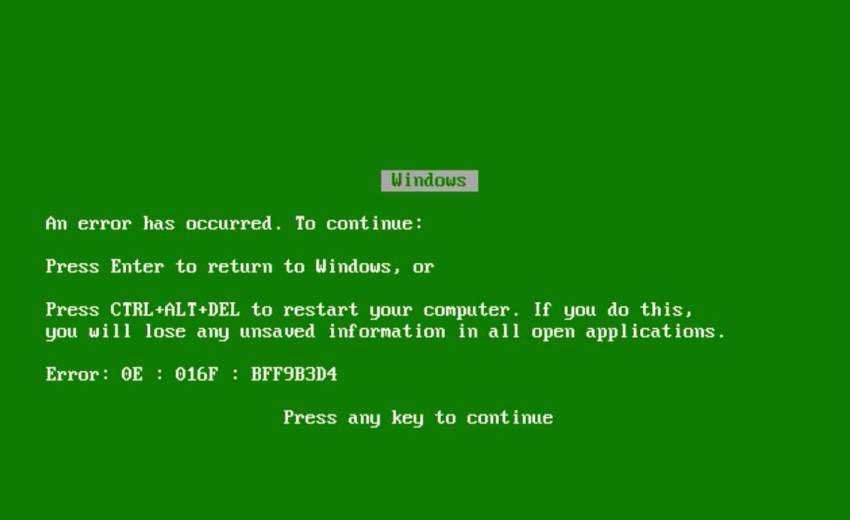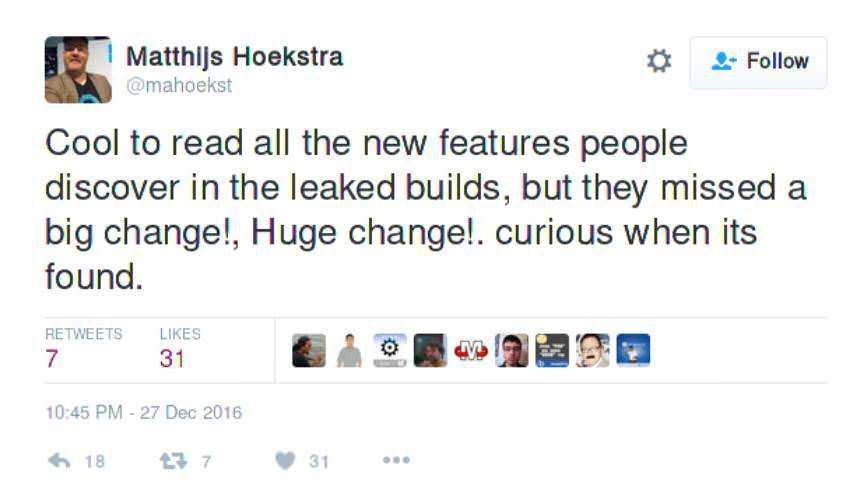Microsoft replaces the infamous blue screen of death with a shade of green. So the blue screen of death or BSOD will become GSOD or the green screen of death in 2017. A recent preview build shows the new BSOD that is no longer blue. What a brave decision from the company that always finds new ways to innovate…
Let's see more news about the upcoming innovator feature Microsoft:
Official beta testers (yes we are not talking about the informal ones with the "final" versions operating) recently noticed the change to a centralized preview update that "leaked" early. The new "feature" was revealed after some teasing tweets from a Microsoft developer.
The shade of green will not be available on anyone other than Windows Insiders. So those who use the official trial versions of the operating system will be able to enjoy the color of emerald when their computers crash…
"Stable" builds will still show the BSOD. If you want Green too, you'll need to sign up for the Windows program Insider.
Still a new innovation announced at the end of 2016 and probably linked directly to the first:
Microsoft added a new feature that lets you pause updates for up to 35 days.
After 35 days you will need to install the updates to be able to enjoy BSOD that will become GSOD!
Once again we observe how the company uses social media by presenting "trash" to gain impressions and promote its new functional.
Really what is the reason for the color change of one screen which had also acquired the trade mark name BSOD? We're asking you because we think you're not eating up what Microsoft is serving us...





